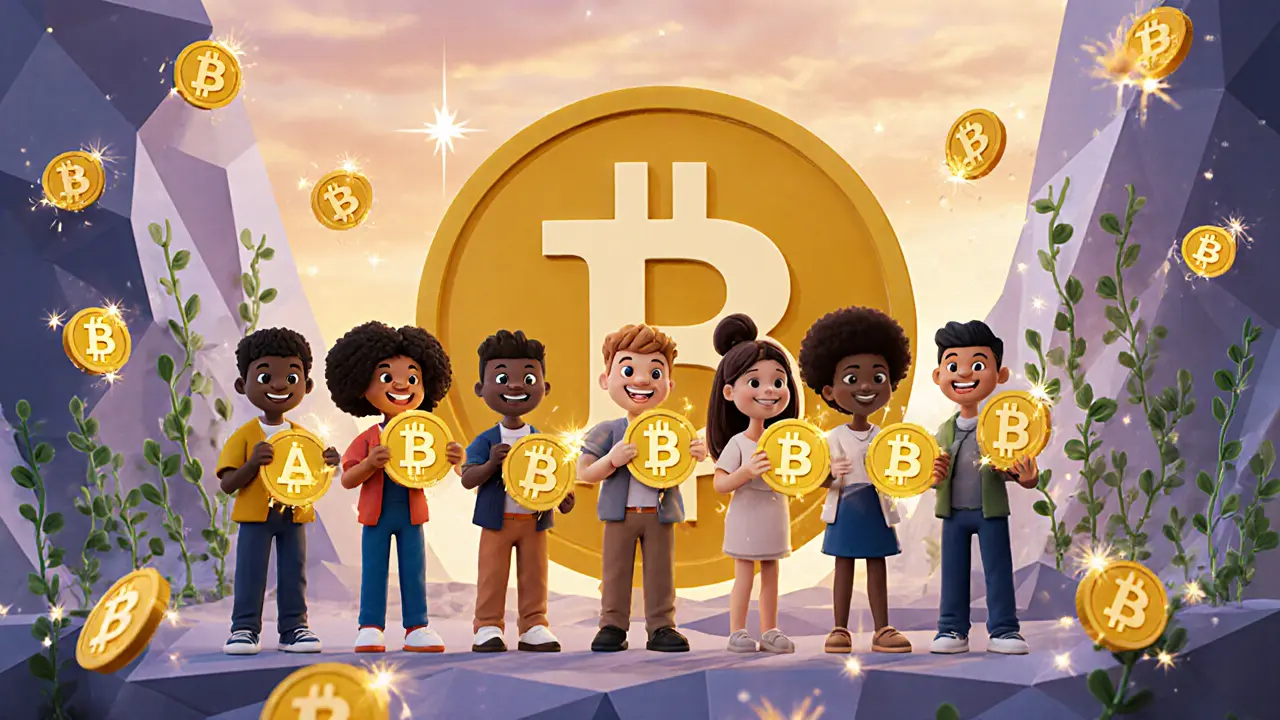MakerDAO: What It Is, How It Works, and Why It Matters in Crypto
When you hear MakerDAO, a decentralized autonomous organization that issues the DAI stablecoin using smart contracts on Ethereum. Also known as the creator of DAI, it’s one of the first and most enduring systems in decentralized finance. Unlike centralized banks, MakerDAO doesn’t print money—it lets users lock up crypto like ETH or BTC as collateral to borrow DAI, a stablecoin pegged to the US dollar. This system runs entirely on code, with no CEO, no office, and no central authority pulling strings.
At its core, MakerDAO relies on something called a collateralized debt position, a smart contract where users deposit crypto to borrow DAI. Also known as CDP, this is how the system stays solvent. If the value of your collateral drops too low, the system automatically sells part of it to pay back the loan. That’s why users need to keep extra crypto in their vaults—called over-collateralization—to avoid liquidation. This isn’t magic. It’s math, enforced by blockchain rules. The DAI stablecoin itself is the main output. It’s used across DeFi platforms for trading, lending, and even paying for goods online, all without relying on banks or payment processors. MakerDAO doesn’t control DAI’s price directly—it uses economic incentives and governance votes by token holders to adjust fees and keep DAI stable.
What makes MakerDAO different from other DeFi projects? It’s been around since 2017, survived multiple crypto crashes, and still runs without a single outage. While newer protocols come and go, MakerDAO’s system has proven it can handle volatility, hacks, and market panic. It’s not flashy. It doesn’t promise 1000% returns. But if you want a stablecoin that’s truly decentralized and not backed by a company’s bank account, DAI is still the most trusted option.
Under the hood, MakerDAO connects to the Ethereum blockchain, the network where smart contracts run and transactions are verified. Also known as the foundation of DeFi, Ethereum gives MakerDAO the infrastructure to operate globally, 24/7, without needing permission from any government or bank. That’s why you’ll see DAI used in wallets, exchanges, and lending platforms—even when other stablecoins fail. MakerDAO’s governance token, MKR, lets holders vote on changes like interest rates or supported collateral types. It’s not a typical crypto investment. It’s a way to help shape a financial system that doesn’t answer to anyone.
What you’ll find in the posts below isn’t a list of hype or fake airdrops. It’s a collection of real, practical content about how systems like MakerDAO fit into the bigger picture of crypto. You’ll see how DeFi platforms use DAI, how collateral risks play out in real trades, and why blockchain reliability matters more than flashy returns. These aren’t guesses. They’re lessons from people who’ve used these systems—and survived the bumps.
Best DeFi Lending Platforms in 2025: Top Choices for Yield and Security
Discover the top DeFi lending platforms in 2025 for earning yield and borrowing crypto. Compare Aave, Compound, MakerDAO, JustLend, and Morpho based on security, fees, speed, and usability.
